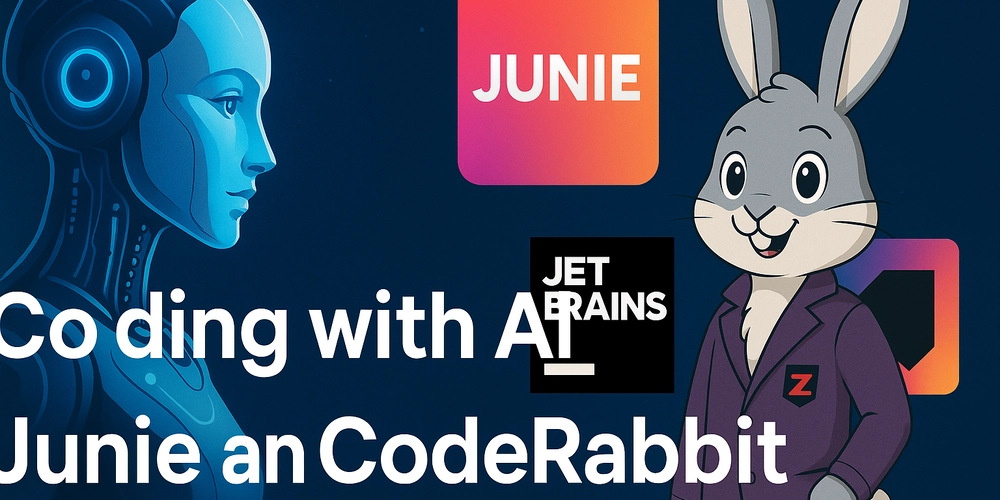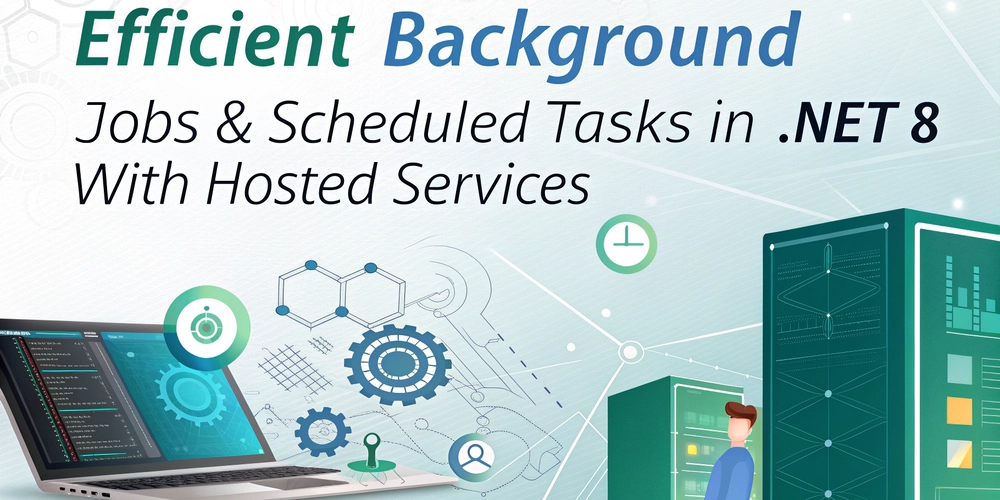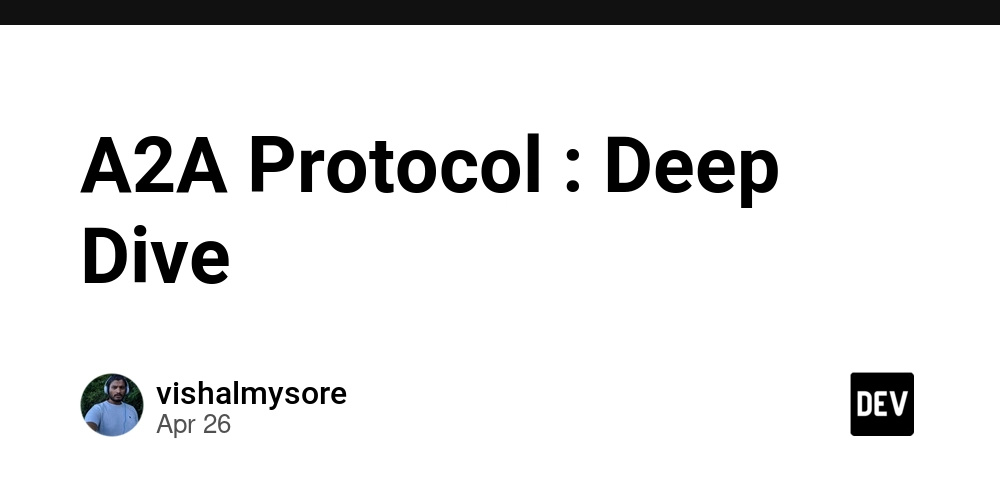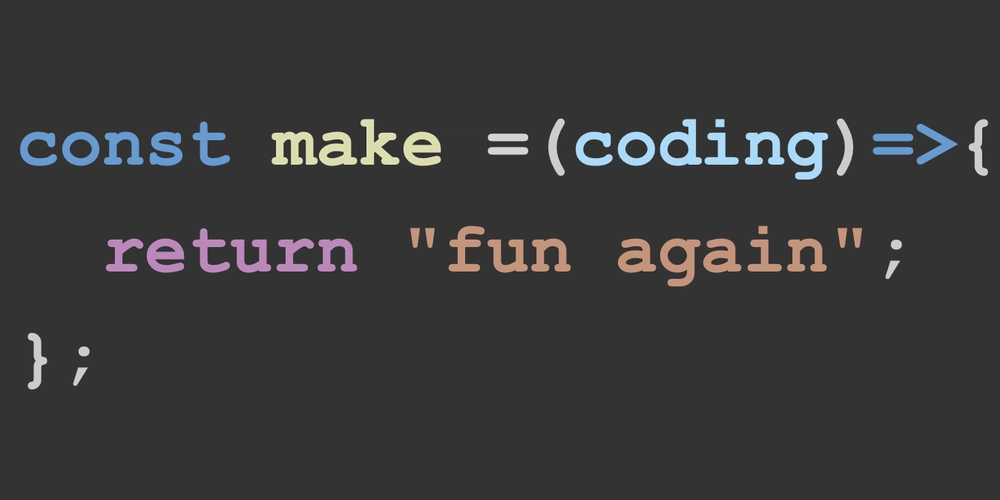
Open Source vs. Closed Source AI: Which Model Will Dominate Large Language Models?
The AI revolution is here, and Large Language Models (LLMs) are leading the charge! Are open-source LLMs the people's champion, or will closed-source LLMs prevail? Let's dive into the battle between open-source vs. closed-source AI and explore their impact on the future of AI.
Open-Source LLMs: The Power to the People?
Open-source LLMs offer exciting possibilities for developers and organizations alike, but they also come with unique challenges.
What Makes Open-Source LLMs Attractive?
- Transparency: See exactly how the LLM works under the hood. No more black boxes!
- Community Driven Development: Thousands of developers can contribute, leading to rapid innovation.
- Customization: Tailor the LLM to your specific needs, whether it's generating marketing copy or translating ancient languages.
- Accessible AI: Open-source LLMs democratize AI, making it accessible for smaller companies.
The Downsides of Open-Source LLMs
- Resource Intensive: Training these models requires significant computing power and energy.
- Quality Concerns: Maintaining consistent quality can be a challenge with numerous contributors.
- Decision Paralysis: Too many opinions can lead to slower development and decision-making.
Closed-Source LLMs: The Corporate Giants Weigh In
Closed-source LLMs, backed by major tech companies, offer state-of-the-art technology and dedicated support.
The Allure of Closed-Source LLMs
- Cutting-Edge Technology: Benefit from substantial investments in research and development.
- Consistent Quality: Expect high standards and reliable performance from dedicated teams.
- Specialized Solutions: Access to tailor-made LLMs for specific industries and applications.
- Reliable Support: Get assistance from a dedicated support team when you need it.
The Drawbacks of Closed-Source LLMs
- Black Box Dilemma: Limited transparency into the model's inner workings raises concerns.
- Vendor Lock-In: Switching providers can be difficult and costly.
- Ethical Concerns: Concentrated power raises ethical questions about accountability and misuse.
- Costly Implementation: Utilizing closed-source LLMs can require a significant financial expenditure.
The Future of LLMs: A Hybrid Approach?
Who will win in open source vs. closed source AI? The reality is more nuanced than a simple victory.
- Scenario 1: The Hybrid Approach: Open-source provides the base, with companies adding specialized closed-source layers.
- Scenario 2: Niche Domination: Open-source excels in research, while closed-source dominates specialized industries.
- Scenario 3: The Great Convergence: Collaboration blurs the lines, creating models that combine the best of both worlds.
What Does This Mean for AI Developers?
Whether you favor open-source or closed-source, here’s how to prepare for the future of LLMs:
- Upskill Now: Learn the intricacies of Large Language Models to stay ahead of the curve.
- Stay Adaptable: Familiarize yourself with both open-source and closed-source options.
- Prioritize Ethics: Consider the ethical implications of LLMs in your work.
- Embrace Change: The AI landscape is constantly evolving, so remain curious and flexible.
The Bottom Line: Collaboration is Key
Ultimately, the future of Large Language Models (LLMs) will likely involve a blend of open-source and closed-source approaches. By understanding the strengths and weaknesses of each, developers can leverage these powerful tools to build a more innovative and responsible future.























